
Moderna lays out plan to slice research and development spending, ETHealthworld
Washington: Shares of Moderna tumbled early Thursday after the vaccine developer said it was cutting research and development spending and pushed back its time frame for breaking even. The company also forecast a 2025 revenue range that fell below Wall Street expectations. Moderna said it planned an approximately 20 per cent reduction in expected research and development expenses for 2025

Bavarian Nordic sees potential to ramp up mpox vaccine capacity, ETHealthworld
Copenhagen: Bavarian Nordic said on Thursday it could supply 13 million doses of its mpox vaccine by the end of 2025, up from a previous forecast of 10 million doses, and is exploring options to significantly expand its capacity. The Danish biotech company said it had also identified measures that could boost supply by a further 50 million doses within

Neurocrine halts development of schizophrenia drug as trial fails, ETHealthworld
London: Neurocrine Biosciences said on Thursday it will halt the development of its experimental drug, aimed at improving cognitive function in patients with schizophrenia, after it did not achieve the primary goal in a mid-stage trial. The company said the drug, luvadaxistat, did not replicate the results from a previous mid-stage trial that showed improved cognitive performance, due to a

Alkem joins $3 bn race for JB Chem as Torrent pauses talks, ETHealthworld
New Delhi: Alkem Laboratories Ltd, India’s fifth-largest branded pharmaceutical company, has joined the race for JB Chemicals and Pharmaceuticals as KKR and Co looks to cash out of the 48-year-old company on the back of a significant rise in market value, said people with knowledge of the matter. This coincides with Torrent Pharmaceuticals, India’s fifth-largest drugmaker, pulling out of negotiations
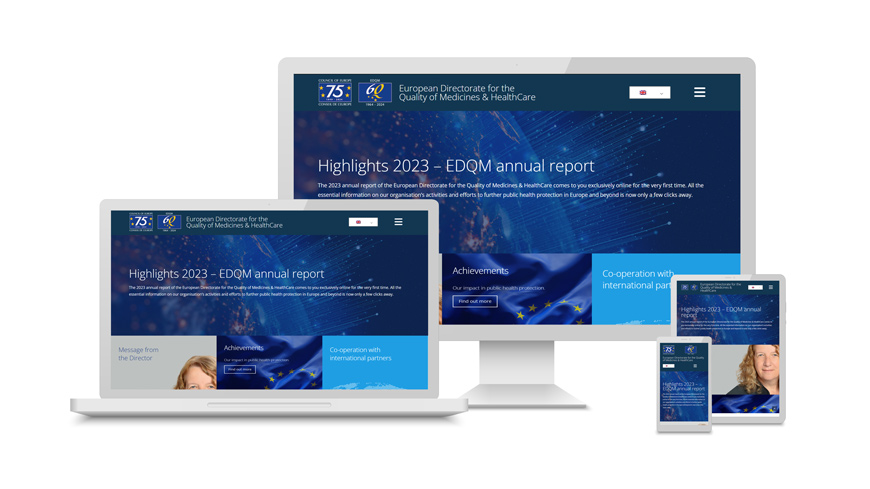
Making a significant difference – 2023 EDQM annual report published in new engaging digital format
The European Directorate for the Quality of Medicines & HealthCare (EDQM) of the Council of Europe has published its 2023 annual report. For the first time, the report is completely digital, with a new, intuitive design and interactive features, facilitating your discovery journey and making it easier to access information. The report provides a comprehensive overview of the milestones, achievements
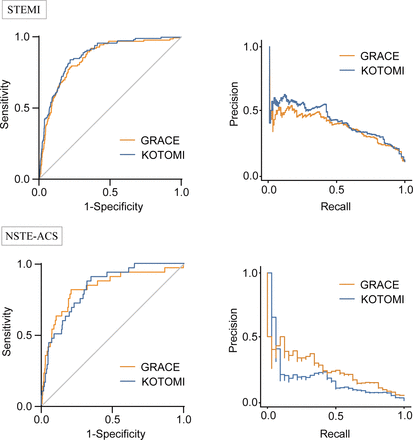
Adaptability of prognostic prediction models for patients with acute coronary syndrome during the COVID-19 pandemic
Abstract Background The detrimental repercussions of the COVID-19 pandemic on the quality of care and clinical outcomes for patients with acute coronary syndrome (ACS) necessitate a rigorous re-evaluation of prognostic prediction models in the context of the pandemic environment. This study aimed to elucidate the adaptability of prediction models for 30-day mortality in patients with ACS during the pandemic periods.
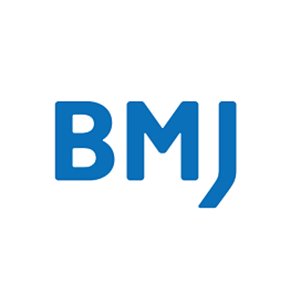
Artificial intelligence in healthcare: Opportunities come with landmines
In the ever-evolving landscape of healthcare, the convergence of artificial intelligence (AI) within breast cancer screening and the transformative potential of natural language processing (NLP) in ensuring patient safety stands as a testament to ground-breaking progress.1 2 The seamless integration of AI technologies in radiology is reshaping diagnostic precision while NLP’s capacity to decipher and enhance safety protocols heralds a

EDQM reports presence of banned substances in skin whitening products
The European Network of Official Cosmetics Control Laboratories (OCCLs) recently conducted a surveillance study on skin whitening products available on the European market. Their analysis found that 18% of the products tested were non-compliant due to the presence of hydroquinone, mercury and/or glucocorticoids – substances prohibited in cosmetics[1]. A summary of these findings can be found in the Executive Summary

Cosmetics – Joint meeting of OCCL Network and CD-P-COS
The 13th meeting of the Network of Official Cosmetics Control Laboratories (OCCLs) was held in Strasbourg on 19 and 20 March 2024. This joint session brought together network members and experts from the European Committee for Cosmetics and Consumer Health (CD-P-COS). Participants from 26 countries attended, including for the first time representatives from the Sofia Metropolitan Regional Health Inspection, Bulgaria,
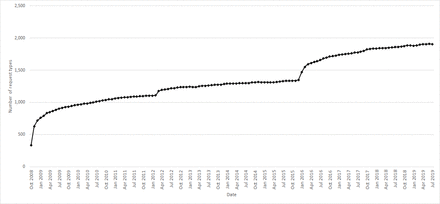
Adoption by clinicians of electronic order communications in NHS secondary care: a descriptive account
Results Between October 2008 and July 2019, a total of 8 035 132 orders were requested in PICS. The majority of the requests were related to laboratory requests after being introduced in January 2016, representing 49% of requests. Prior to this, the most common request type was imaging, representing almost 90% of requests made. Other request types were grouped into requests for
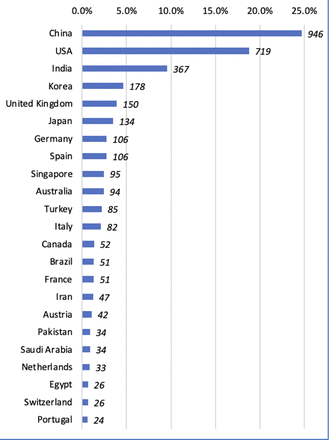
Bibliometric analysis of the 3-year trends (2018–2021) in literature on artificial intelligence in ophthalmology and vision sciences
Discussion We conducted a bibliometric analysis of the intersection of ophthalmology and AI between January 2018 and August 2021. Many aspects of the dataset were analysed in order to gain both quantitative and qualitative insights. In particular, investigation into countries of publication and their correlation (or lack thereof) with literature quality was performed, and it was found that smaller countries
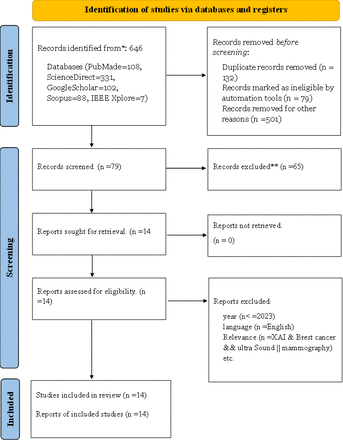
Explainable machine learning for breast cancer diagnosis from mammography and ultrasound images: a systematic review
Introduction Breast cancer is the first and most common type of cancer in women.1 2 Anatomically, the breast consists of healthy blood vessels, connective tissue, ductal lobules and lymph nodes.3 Breast cancer is a problem with abnormal growth of the breast cells. By 2040, the burden of breast cancer is predicted to increase to over three million new cases and

Rapidly scalable and low-cost public health surveillance reporting system for COVID-19
Abstract Objective Data-driven innovations are essential in strengthening disease control. We developed a low-cost, open-source system for robust epidemiological intelligence in response to the COVID-19 crisis, prioritising scalability, reproducibility and dynamic reporting. Methods A five-tiered workflow of data acquisition; processing; databasing, sharing, version control; visualisation; and monitoring was used. COVID-19 data were initially collated from press releases and then transitioned

EDQM publishes market surveillance study on formaldehyde in cosmetic products
A market surveillance study conducted by the European Network of Official Cosmetics Control Laboratories (OCCLs) has found formaldehyde in approximately 30% of the products tested. Formaldehyde is a skin sensitiser and presumed carcinogen. Its use in cosmetic products is prohibited by European legislation. Nevertheless, several preservatives releasing formaldehyde are authorised for use in cosmetics providing that the label alerts the

Digital health and care: emerging from pandemic times
Abstract In 2020, we published an editorial about the massive disruption of health and care services caused by the COVID-19 pandemic and the rapid changes in digital service delivery, artificial intelligence and data sharing that were taking place at the time. Now, 3 years later, we describe how these developments have progressed since, reflect on lessons learnt and consider key challenges
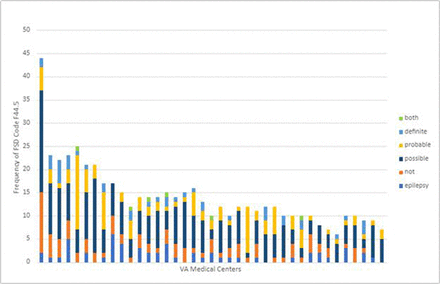
Implementer report: ICD-10 code F44.5 review for functional seizure disorder
Abstract Objective The study aimed to measure the validity of International Classification of Diseases, 10th Edition (ICD-10) code F44.5 for functional seizure disorder (FSD) in the Veterans Affairs Connecticut Healthcare System electronic health record (VA EHR). Methods The study used an informatics search tool, a natural language processing algorithm and a chart review to validate FSD coding. Results The positive
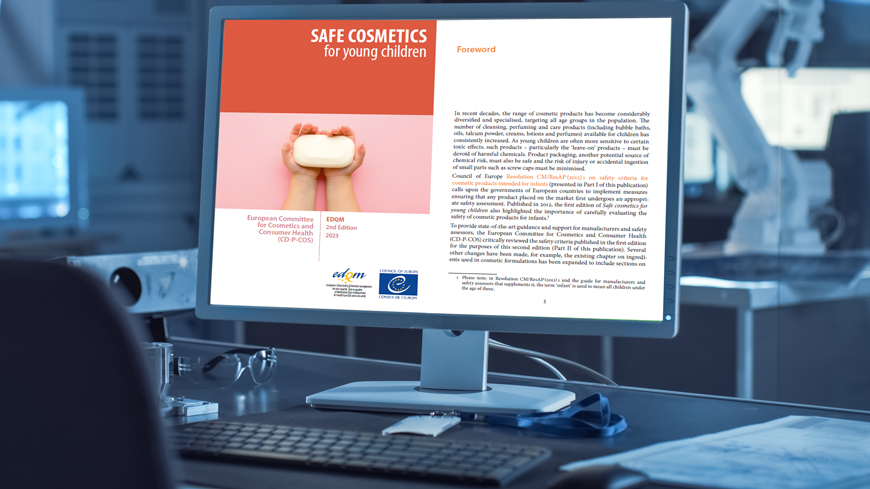
Safe cosmetics for young children – Second edition provides state-of-the-art guidance on cosmetic products for infants and young children
Soda or shampoo? Candy or soap? Young children can easily mistake certain cosmetics or even their packaging for foodstuff based on their perfume, appearance, form, colour or size. Ingesting the chemicals contained in such products is dangerous and small parts can easily be swallowed and may cause choking. Young children are sensitive to the toxic effects of certain chemicals, which

How to organise a datathon for bridging between data science and healthcare? Insights from the Technion-Rambam machine learning in healthcare datathon event
To organise a successful event, several important points should be well thought through before the event (figure 1). The checklist provided below should help any organiser in this process. We further elaborate on some of these key points reflecting on our more mature experience. Datathon check list Venue: Physical/virtual/hybrid, dates, location. Logistics: catering, strong WIFI, rooms and amphitheatre. Partners: Industrial,
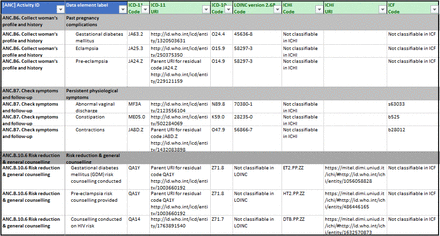
Experiences in aligning WHO SMART guidelines to classification and terminology standards
Abstract Objectives Digital adaptation kits (DAKs) distill WHO guidelines for digital use by representing them as workflows, data dictionaries and decision support tables. This paper aims to highlight key lessons learnt in coding data elements of the antenatal care (ANC) and family planning DAKs to standardised classifications and terminologies (CATs). Methods We encoded data elements within the ANC and family
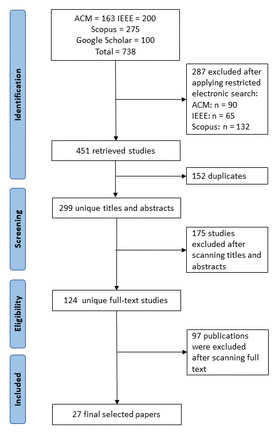
Telehealth interventions during COVID-19 pandemic: a scoping review of applications, challenges, privacy and security issues
Introduction COVID-19, caused by the SARS-CoV-2 virus, was first identified in China in December 2019 and later became a pandemic.1 2 When this manuscript was finalised (12 June 2022), globally, the total number of infected cases had reached 540 318 million and over 6.331 million people had died.3 Telehealth refers to the delivery of healthcare particularly preventive and primary healthcare over a
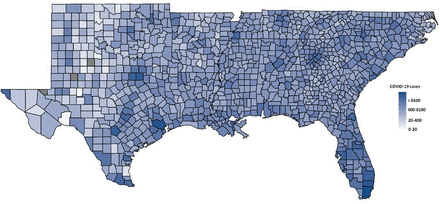
Social vulnerability and initial COVID-19 community spread in the US South: a machine learning approach
Results Table 1 provides sample characteristics of the 16 SVIs and COVID-19 cases and COVID-19 rates per 100 000 population after 30 days of the first COVID-19-positive cases in all counties in the 11 states of the US South (1086 counties). On average, 85.3 COVID-19 cases were reported after 30 days of the first reported case in a county, and

2022 Highlights – EDQM annual report now available
The European Directorate for the Quality of Medicines & HealthCare (EDQM) has published its 2022 annual report, providing a comprehensive overview of its activities and achievements, and putting select data on the present state of EDQM/Council of Europe public health initiatives at your fingertips. The EDQM continued to adapt to a changing environment in 2022, looking resolutely forward while responding
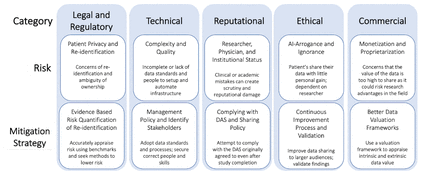
Delivering on NIH data sharing requirements: avoiding Open Data in Appearance Only
AI arrogance and ignorance The current system means that the risk for sharing one’s data is high, with little personal gain. Despite the fact these risks are real to the institution, the failure to disclose data does not eliminate the risk; it merely transfers the risk from the institution to the patients being treated based on the research. Thus, those
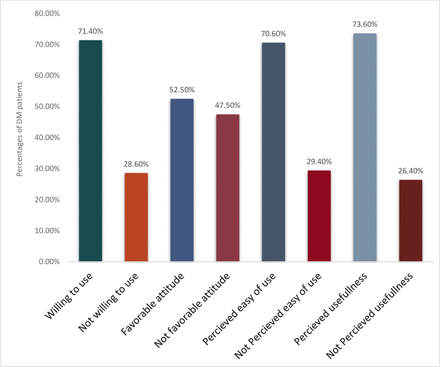
Willingness of diabetes mellitus patients to use mHealth applications and its associated factors for self-care management in a low-income country: an input for digital health implementation
Discussion The purpose of this study was to assess willingness of patients with DM to use mobile health applications and associated factors for self-care management. The result showed that willingness to use mHealth applications among patients with DM in the Oromia region was high (71.4%, 95% CI (66.8% to 75.9%)). This result was in line with the willingness to use mHealth
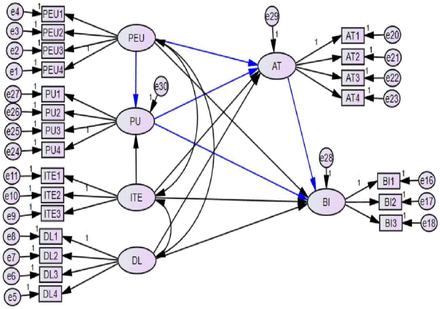
Predicting healthcare professionals’ acceptance towards electronic personal health record systems in a resource-limited setting: using modified technology acceptance model
Introduction Over the past decades, a variety of eHealth technologies have been accessible as nations have implemented eHealth efforts to support the objectives for health education and person-centred care.1 Adoption of personal health records (PHRs) has been linked to numerous advantages, including improved patient–provider relationships, patient engagement improvements, better medication adherence, good health outcomes (such as blood pressure and glycaemic
